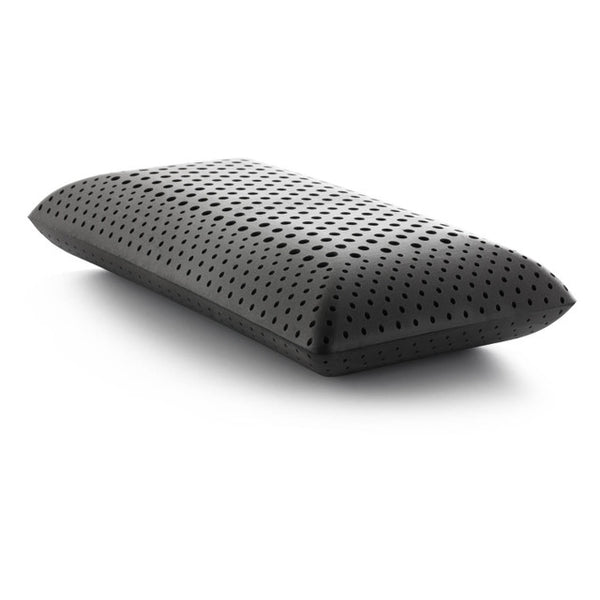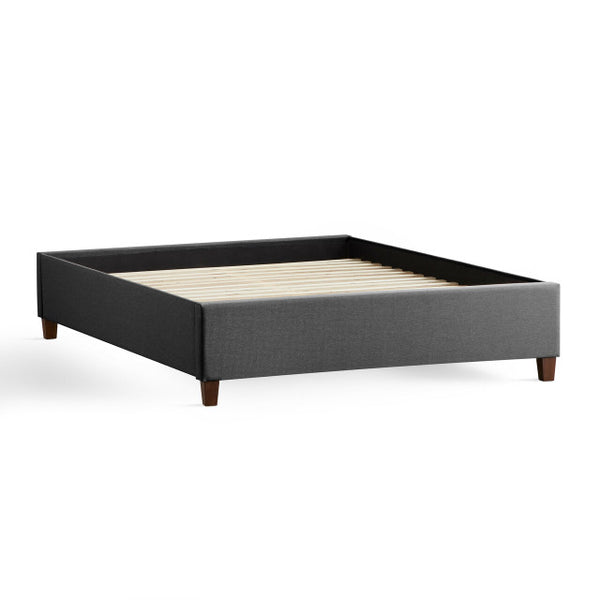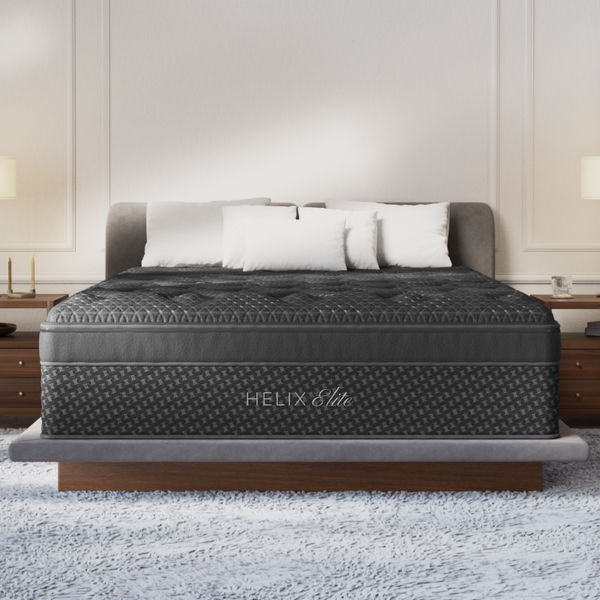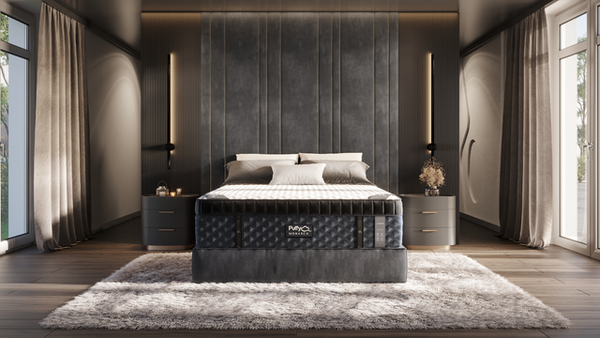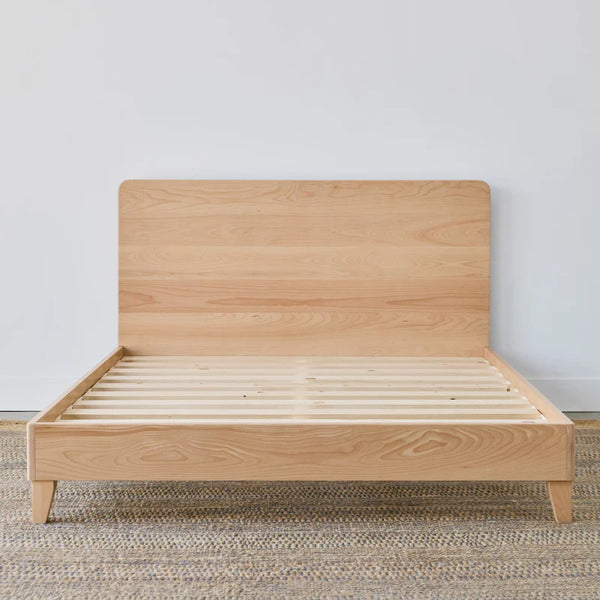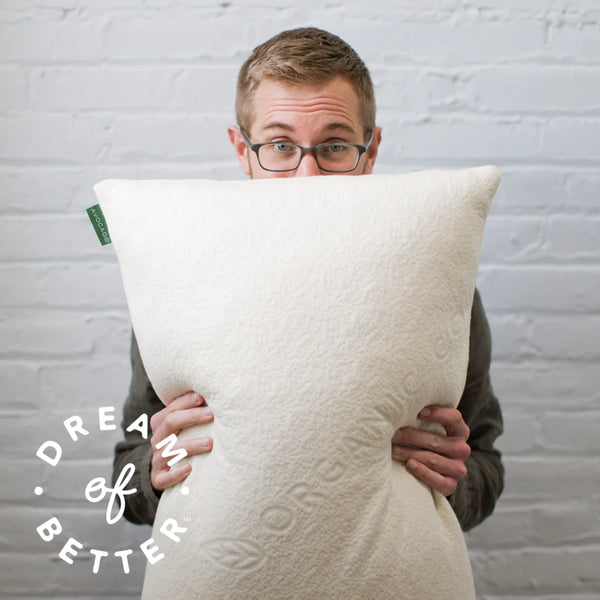
Overview
Choosing the right mattress involves understanding your sleep needs, including sleep position and comfort preferences, selecting the appropriate mattress type (innerspring, memory foam, latex), and considering firmness levels. Research brands, compare prices, and take advantage of trial periods. Ensure the mattress fits your space, explore eco-friendly options, and don't forget about accessories like pillows and protectors. Invest time in making the right choice for better sleep quality.
Frequently Asked Questions
1. What should I consider when choosing a mattress?
2. How does my sleep position affect mattress choice?
3. What are the different types of mattresses available?
4. Why is firmness important in selecting a mattress?
5. What should I look for in mattress warranties and trial periods?
Shopping for a mattress can be a daunting task, especially with the variety of options available today. How do you choose the perfect mattress that meets your needs? This guide offers valuable tips and insights to simplify the mattress shopping experience, ensuring you make the right choice for a good night's sleep.
Understanding Your Sleep Needs
Before diving into mattress options, it's crucial to assess your individual sleep preferences. Here are a few factors to consider:
Sleep Position
Your primary sleep position plays a significant role in determining the right mattress type. Whether you’re a back, side, or stomach sleeper can influence the level of support and firmness you require.
- Back Sleepers: Generally benefit from a medium-firm mattress that supports the natural curvature of the spine.
- Side Sleepers: Often feel more comfortable on a softer mattress that contours to the body, reducing pressure on shoulders and hips.
- Stomach Sleepers: Usually require a firmer mattress to keep the spine aligned and prevent sinking in too deeply.
Personal Comfort Preferences
What feels comfortable to one person may not work for another. Take time to identify whether you prefer a softer or firmer surface. Visiting a showroom can help, but remember that the mattress needs time to “break in” before making a final decision.
Choosing the Right Mattress Type
With various mattress types available, knowing which one suits you is vital. Here are some popular options:
Innerspring Mattresses
Innerspring mattresses are equipped with coils that provide support. They tend to be bouncier and more breathable, making them suitable for hot sleepers. Look for a mattress with individually wrapped coils for reduced motion transfer.
Memory Foam Mattresses
Memory foam mattresses conform to the body, providing targeted support and pressure relief. These mattresses are excellent for reducing pain but can retain heat, so consider gel-infused options if you tend to sleep warm.
Latex Mattresses
Latex mattresses offer a unique combination of support and bounce. They’re also more durable and hypoallergenic, making them great for those with allergies or sensitivities. It's important to differentiate between natural and synthetic latex, as natural options tend to be more eco-friendly.
Considering Firmness and Support
Firmness is critical in mattress selection, but it's also subjective. Manufacturers often use a scale from 1 to 10 to illustrate firmness levels. Here's a quick breakdown of what those numbers mean:
- 1-3: Soft (ideal for side sleepers and those seeking cushioning).
- 4-6: Medium-firm (suitable for back sleepers who need support).
- 7-10: Firm (recommended for stomach sleepers who need more support to avoid back pain).
Do Your Research
With so many options available, don’t jump into a purchase. Take the time to research various brands, read customer reviews, and compare prices. Websites that specialize in mattress reviews can offer insights into durability, comfort, and value.
Understanding Warranty and Trial Periods
Most reputable mattress manufacturers provide a warranty and a trial period, offering you the opportunity to test the mattress at home. A minimum of 30 nights is generally recommended to ensure the mattress suits your sleep style.
Shopping Online vs. In-Store
Online shopping has gained popularity, especially for mattresses. The convenience of browsing at home and often lower prices make this option appealing. However, visiting a store can provide a hands-on experience. Assess your preferred method and consider hybrid options—researching online before visiting showrooms to test selected mattresses.
Budget Considerations
Mattresses vary significantly in price, from budget-friendly models to high-end luxury options. Establish your budget prior to shopping, and consider how much you’re willing to invest in your sleep quality. Remember that a mattress is a long-term investment in your health and well-being.
Exploring Financing Options
If your ideal mattress exceeds your budget, many retailers offer financing plans to help manage costs. Look into installment payments or credit options that best fit your financial situation.
Knowing Measurements and Compatibility
Before making a purchase, ensure you have precise measurements of your bedroom space and any existing bed frame. Standard mattress sizes include:
- Twin: 38" x 75"
- Full: 54" x 75"
- Queen: 60" x 80"
- King: 76" x 80"
- California King: 72" x 84"
Verify that your new mattress will fit comfortably within your space and on your current bed frame, especially if it is an adjustable option.
Look for Eco-Friendly Options
With increasing awareness of sustainability, many mattress brands are now incorporating eco-friendly materials. Look for certifications like CertiPUR-US for foam mattresses or organic materials for latex models, ensuring you’re making a responsible choice for the environment.
Don’t Forget About Accessories
Your mattress is just part of the equation. Consider investing in the right accessories to enhance your sleep experience:
- Pillows: Choosing a suitable pillow is essential for neck support. Different densities and materials can greatly influence comfort.
- Protectors: Mattress protectors shield your investment from spills, stains, and allergens—extending the life of your mattress.
- Bed Frames: Make sure your bed frame is compatible with your new mattress to maintain support and stability.
Final Thoughts on Mattress Shopping
Embarking on your mattress shopping journey doesn’t have to be overwhelming. By keeping your sleep needs, preferences, and budget in mind, you can confidently choose the perfect mattress. Take your time researching, comparing, and testing options, and soon you’ll be on your way to countless comfortable nights of sleep. Remember, this is an investment in your health and well-being, so make your choice count!

